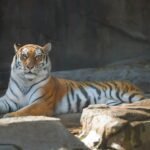Big cats, including lions, tigers, leopards, and jaguars, are at the top of the food chain, playing a vital role in maintaining ecosystem balance. Their habitats provide essential resources such as prey, water, and shelter. However, these habitats are increasingly being broken into smaller, isolated patches, leading to severe impacts on big cat populations.
Understanding Habitat Fragmentation
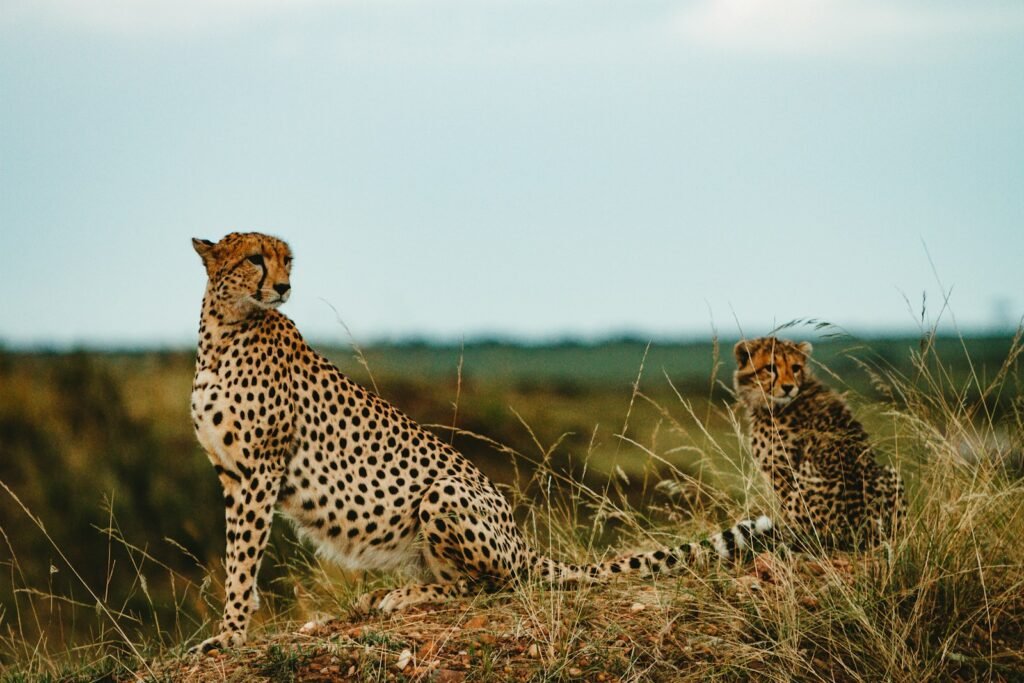
Habitat fragmentation occurs when large areas of habitat are divided into smaller, isolated sections due to urban development, agriculture, and infrastructure projects. This fragmentation splits populations, reduces genetic diversity, and makes it difficult for species to access the resources they need to survive.
Why Are Big Cats Vulnerable?

Big cats are particularly vulnerable to habitat fragmentation due to their wide-ranging nature and dependence on large territories. They require vast, contiguous areas to hunt, find mates, and raise their young. Fragmented habitats restrict their movements and limit these essential activities, putting their populations at risk.
The Impact on Hunting and Prey Availability
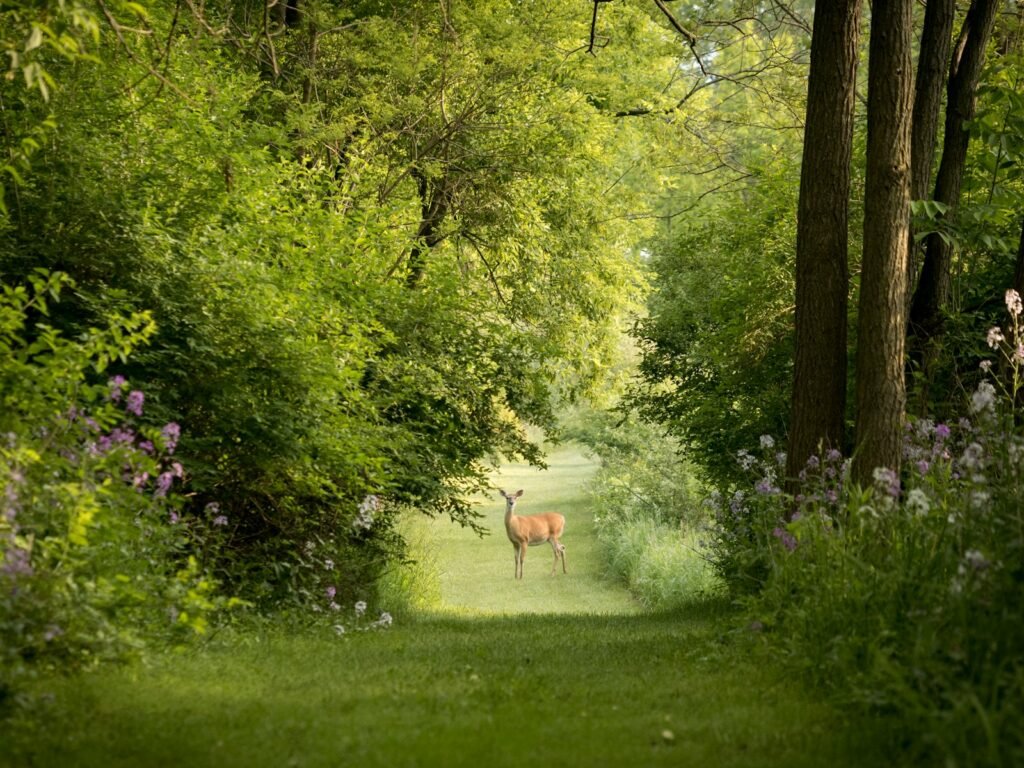
One of the critical effects of habitat fragmentation is reduced access to prey. As habitats fragment, prey populations also become isolated and decrease, forcing big cats to compete for limited resources. This can lead to increased mortality rates from starvation and conflict with human activities as big cats venture into human settlements in search of food.
Genetic Isolation and Its Consequences
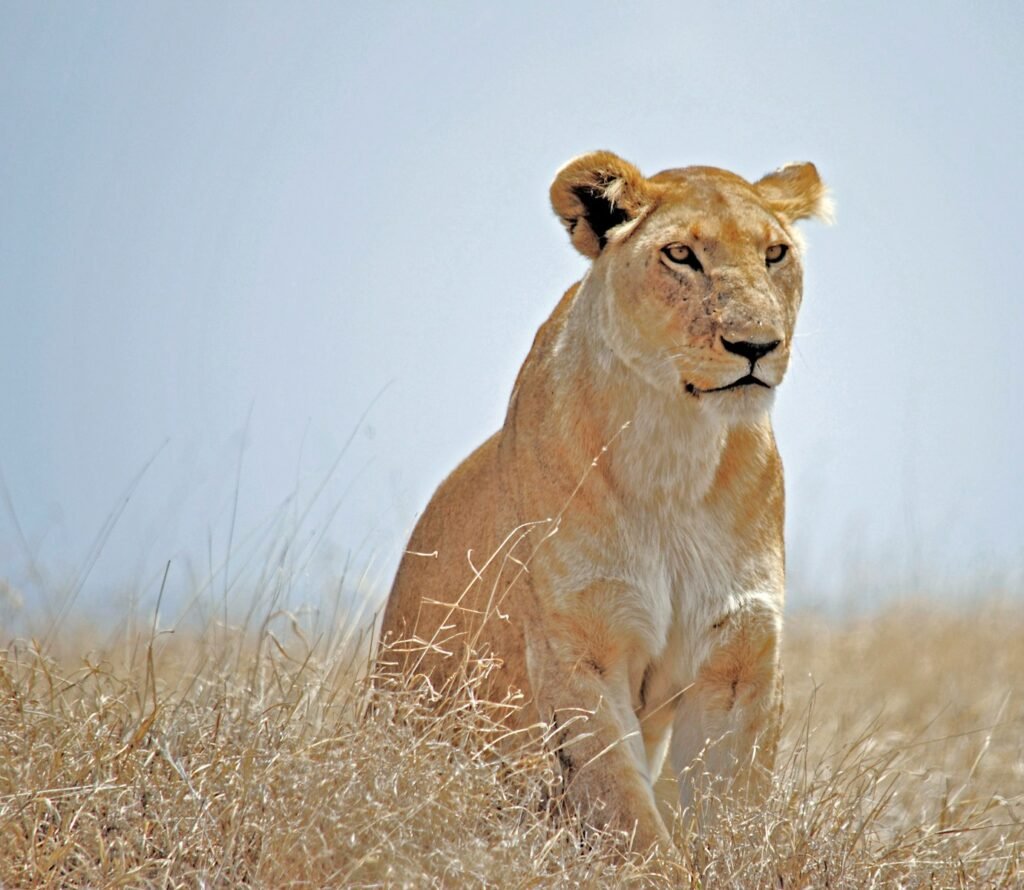
Fragmented habitats cause populations of big cats to become isolated, reducing genetic diversity. This isolation can lead to inbreeding, which causes genetic defects, reduced fertility, and increased vulnerability to diseases. Over time, this genetic erosion decreases population resilience, reducing their ability to adapt to environmental changes.
Challenges in Finding Mates

For big cats, finding a mate is essential for maintaining healthy populations. Habitat fragmentation makes it difficult for individuals to locate and reach potential mates. This isolation can lead to a decline in birth rates, contributing to decreasing population numbers and increasing the risk of extinction.
Increased Human-Wildlife Conflict
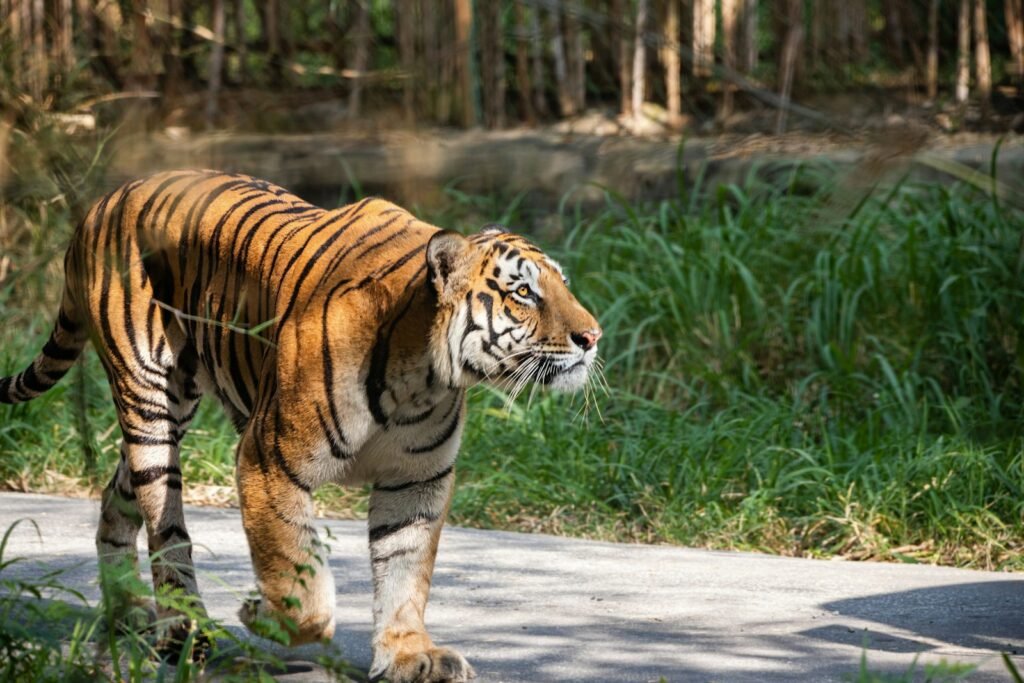
As natural habitats shrink and fragment, big cats increasingly come into contact with human populations. This proximity leads to heightened human-wildlife conflicts, including predation on livestock, which often results in retaliatory killings of big cats by farmers and communities looking to protect their livelihoods.
Adaptability and Displacement Challenges
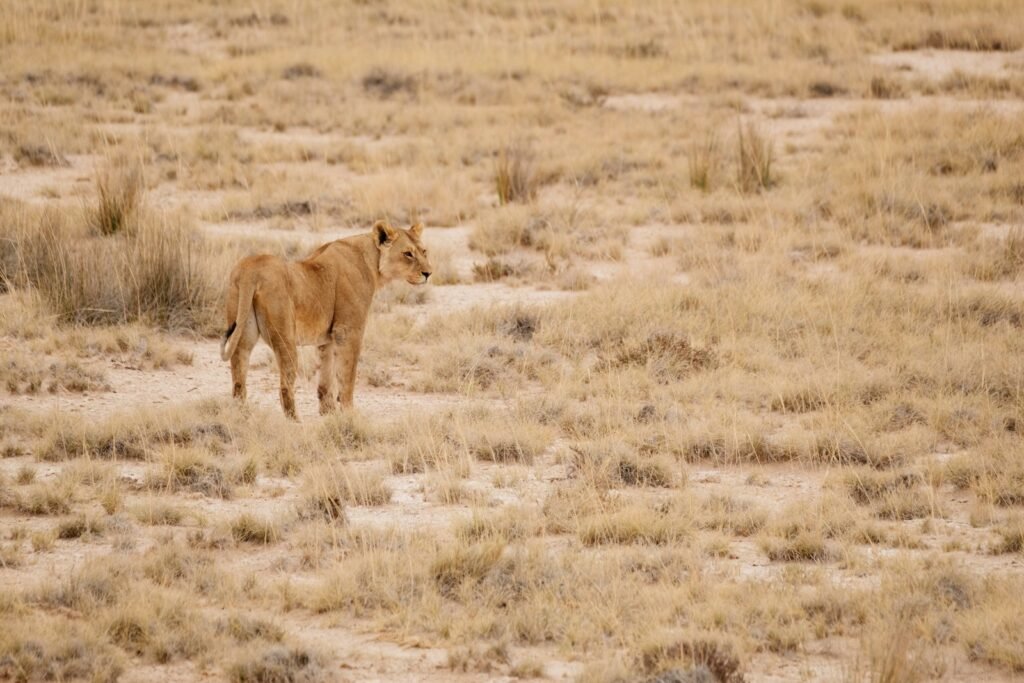
While some species are adaptable to changing environments, big cats struggle to adjust to fragmented habitats. Their large size, specific dietary needs, and territorial behavior make it difficult for them to thrive in smaller, modified areas. These challenges exacerbate the risks of habitat fragmentation by limiting their survival options.
Efforts to Mitigate Habitat Fragmentation
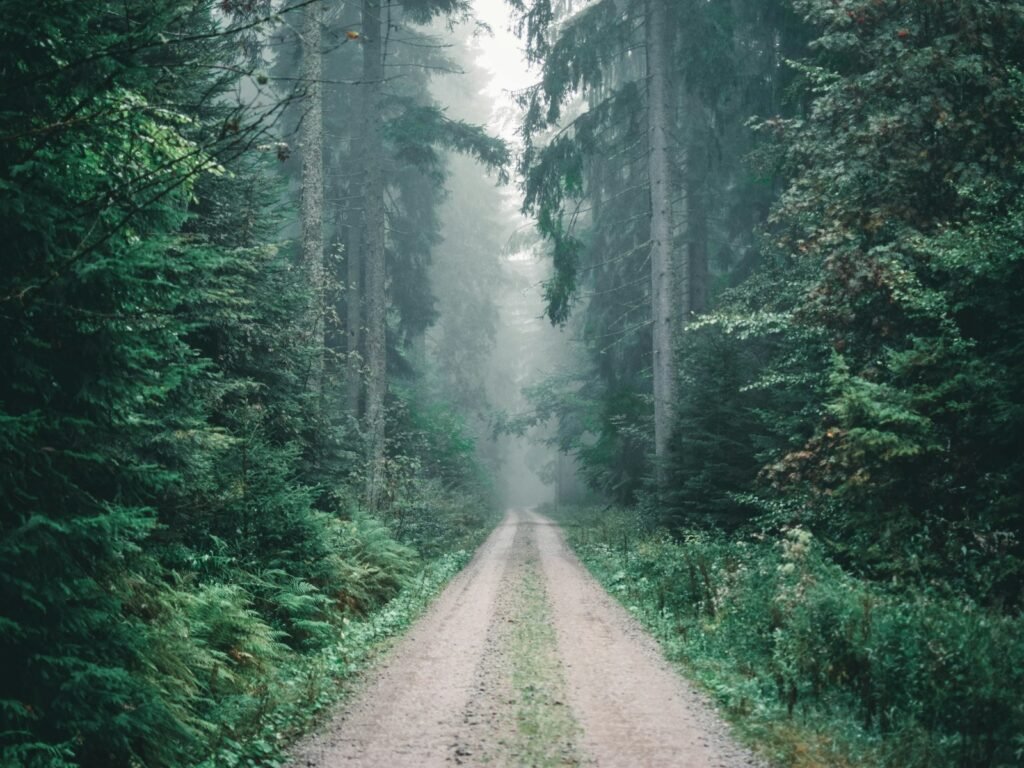
Conservationists are working to mitigate the effects of habitat fragmentation through efforts such as creating wildlife corridors, which help connect fragmented habitats and allow safe passage for big cats to move between them. In addition, sustainable land management practices aim to balance human needs with conservation goals, reducing the impact of development on big cat habitats.
The Role of International Cooperation

International cooperation is crucial in addressing habitat fragmentation. Big cats often roam across national borders, requiring cross-border collaboration for effective conservation. Initiatives like the Convention on International Trade in Endangered Species (CITES) and the Panthera and Snow Leopard Trust focus on coordinated efforts to protect these critical species and their habitats.
Conclusion: The Future of Big Cats in Fragmented Habitats
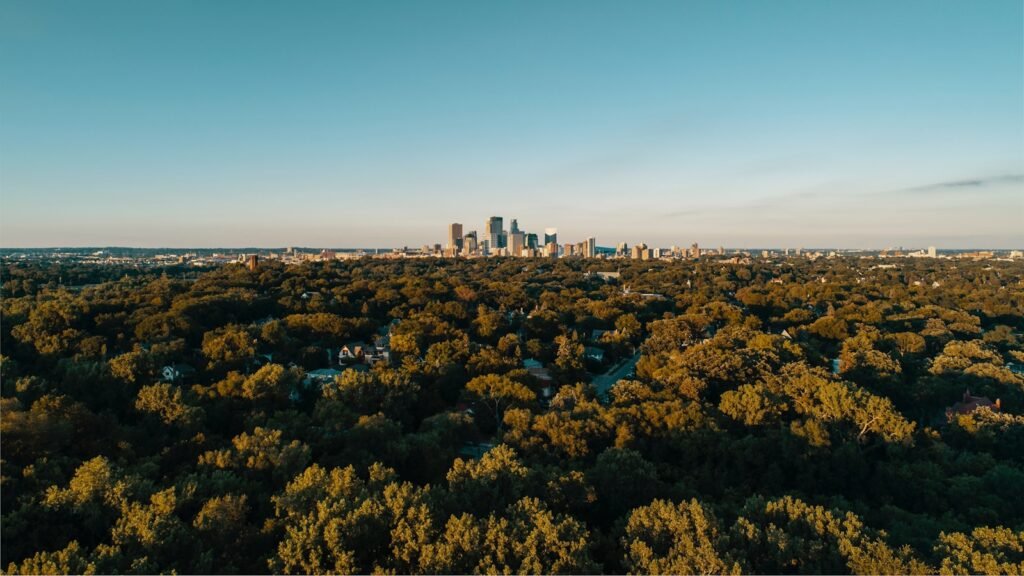
The survival of big cats in the face of habitat fragmentation depends on a multifaceted approach that includes habitat protection, restoration, and the creation of connective corridors. By addressing these challenges through science-based strategies and international cooperation, we can work towards a future where big cats continue to thrive in their natural environments.

Growing up traveling and experiencing new cultures and wonders, I have had a passion for nature, adventuring, photography, and videography. I am currently working towards a BSc in Biodiversity and Ecology at Stellenbosch University, and I hope to specialise in Marine Sciences one day.
Please send any feedback to Feedback@animalsaroundtheglobe.com






